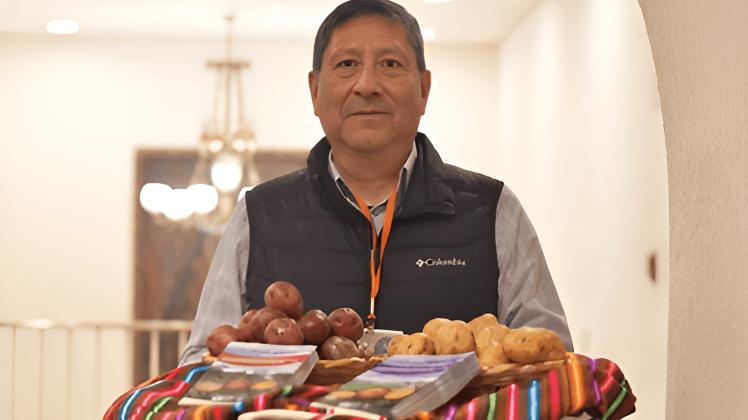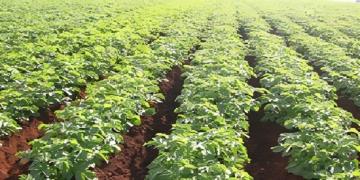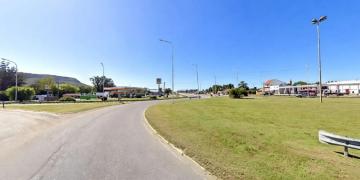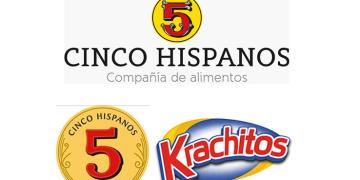Peru: "The industrialization of local potatoes is presented as a strategic alternative."
Phenomena such as seasonal oversupply, low technological development, and limited opportunities for industrialization reveal that the potato market still faces serious imbalances.

Peru consumes more potatoes than any other Latin American country. At 96 kilos per person per year , a figure representing significant growth compared to the 86 kilos recorded two decades ago. However, this volume is still below the national historical average: more than 100 kilos per person in the 1960s. However, this growth is not necessarily synonymous with structured development of the sector. On the contrary, phenomena such as seasonal oversupply, low technological development, and limited opportunities for industrialization reveal that the potato market still faces serious imbalances .
For Miguel Ordinola Chapilliquén, a master’s student in agricultural economics and international consultant and professor at the Pontifical Catholic University of Peru, one of the keys to understanding this problem is recognizing that the potato market is not homogeneous. "We must analyze it by segment: white potato, yellow potato, and native potato. Each has distinct production, marketing, and consumption dynamics ," he says.
Segmentation and potential
White potatoes—the most common in wholesale markets—show high price volatility and little innovation in their processing. In contrast, yellow potatoes have gained ground in the local market and are exported in precooked and frozen formats, mainly to the United States, Spain, and Japan. Meanwhile, native potatoes, associated with Andean biodiversity, have found gourmet and organic niches both in the country and abroad.
Differentiated strategy
Based on these characteristics, Ordinola recommends developing a differentiated strategy by segment. “Native varieties have a growing position in value markets; yellow varieties are consolidating as fresh and semi-processed products; while white varieties urgently require industrial restructuring to absorb their high supply,” he emphasizes.
Industrialization: Strategic Alternative
In a context of fluctuating prices and low domestic market absorption capacity, tuber industrialization presents itself as a strategic alternative to boost its sustainable development. The expert suggests looking at what neighboring countries such as Argentina, Brazil, Chile, and Colombia are doing , which have managed to consolidate an industry that allows for greater added value to the raw material and stabilizes their market.
“Potato processing reduces price volatility by creating value-added products that are more attractive to consumers and offer better margins for producers,” says Ordinola. A notable example, he points out, is the case of native potatoes , whose diversity has been the basis for innovative initiatives promoted by companies and associations such as Tiyapuy and Agropía.
According to data from the Ministry of Agriculture, Livestock, and Fisheries (MIDAGR), Peru produces more than six million tons of potatoes annually, but only 5.2% is destined for processing. Ordinola believes this percentage can and should increase. “We have success stories: chips, purées, and artisanal vodka with native varieties, and pre-fried potatoes made with domestic ingredients. But we are still far from establishing a solid agroindustry,” he says.
This requires private investment, public-private partnerships, and infrastructure improvements. "The white potato segment, for example, can supply poultry chains , which demand around 350,000 tons per year , but quality standards are currently lacking. We need to develop competitive varieties for industrial use and create a potato-industry cluster that connects producers with processors and markets."
Although some of these initiatives have struggled to sustain themselves over time, others have managed to establish themselves in the market—particularly abroad—by offering differentiated and innovative products based on the country’s biodiversity. "The State must give them greater visibility and a framework of appropriate public policies, because there is already a solid foundation on which to build," he emphasizes.
The PUCP professor also believes it is essential to strengthen the potato agroindustrial sector and develop new products based on Peru’s diverse varieties. This would allow the country to compete with a differentiated, higher-quality offering in the global market.
"A framework is needed that promotes private investment, where small producers can also actively participate. The path is clear: consolidate the progress achieved over the last 15 years, improve productivity, and foster collaboration with international markets, leveraging our competitive advantages," Ordinola explains.
"The next 15 years must focus on new challenges: consolidating a competitive potato agroindustry, promoting nutrition, generating employment, and promoting products that position Peru as a global leader in this sector," he concludes.
Information, key to avoiding oversupply
One of the main problems affecting farmers is the lack of timely information. Ordinola points out that oversupply peaks are not permanent, but seasonal , and are linked to the production cycles on the coast and in the mountains. Therefore, he emphasizes the importance of the new information system promoted by the Ministry of Agriculture, Livestock, and Livestock (MIDAGR).
"If this system works correctly, it will be able to provide early warning of planting intentions, weather conditions, or health alerts. It will be a vital tool for small producers, who currently plant in the dark, without knowing what the market will look like at harvest time," he notes.
The economist also proposes incorporating technologies such as Big Data to capture, organize, and analyze data , and using blockchain platforms to improve traceability and connectivity with diverse markets.
Technification and seeds
Productivity is also hampered by the limited use of certified seed. In potato cultivation, less than 1% of the area uses this type of seed, limiting yields and product quality. Ordinola insists that this is a critical barrier that must be overcome.
Furthermore, it proposes improving technical management, strengthening technical assistance, reducing post-harvest losses, and expanding access to irrigation in high Andean regions. "Small producers cannot continue to bear the burden of the market alone. They need support, information, innovation, and access to new business opportunities," he states.
Seasonality and prices
Economist Ordinola emphasizes that the potato supply in Peru is determined by seasonality, which directly influences the supply to Lima and price trends. He explains that the coastal region plants between April and July and harvests between September and December, while the mountainous region, under dryland conditions, plants between September and December and harvests between March and June.
This calendar generates two supply cycles: a high one between March and June (due to harvests in the mountains) and another between September and December (due to harvests on the coast). In contrast, January, February, July, and August present lower supply.
This pattern is reflected in prices: they are highest between January and March, fall between April and June, rise in July and August, and fall again from September to December. Ordinola warns that oversupply, when it occurs, should be analyzed within this seasonal framework and primarily affects white potatoes, although it is not a constant or widespread problem.
Towards a new consumer culture
Finally, Ordinola sets a clear goal: to once again reach 100 kilos of per capita potato consumption per year , but in an intelligent and diversified way. "We must promote the consumption of fresh and processed potatoes. We must educate consumers, improve product presentation in supermarkets, and develop new lines of potato-derived foods," he maintains.
In a situation where oversupply can no longer be treated as an "unsolvable problem ," investing in productive transformation, technological innovation, and improved trade coordination is urgently needed. Peru is not only the center of origin of potatoes: it must also aspire to be a leader in their comprehensive use.
Fuente:




